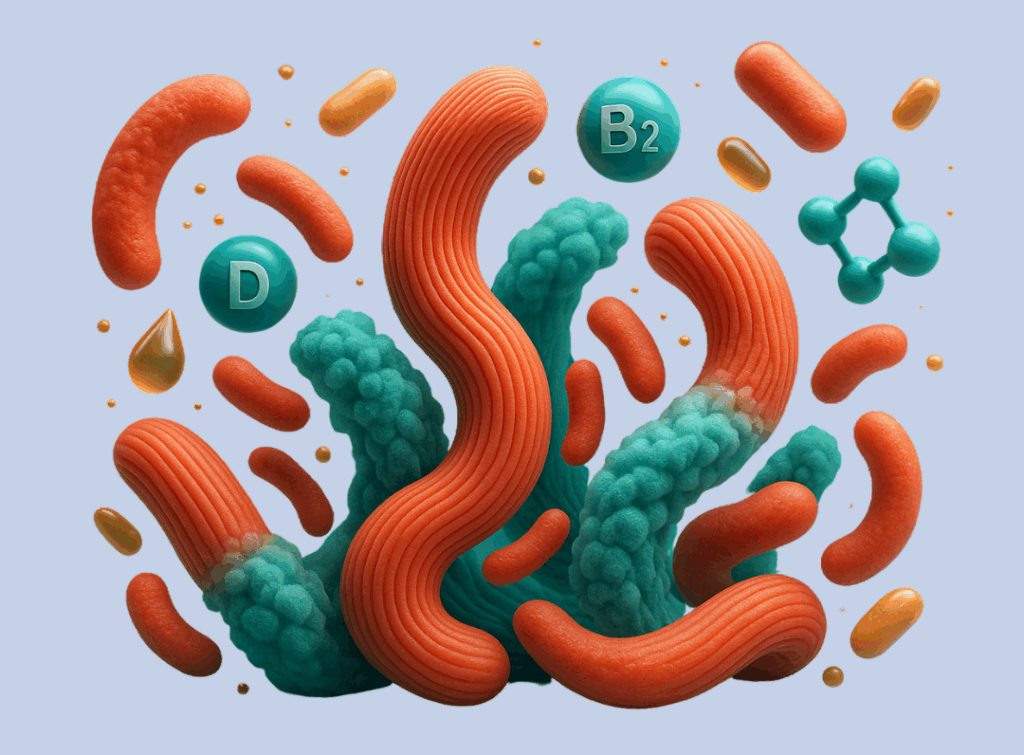Our gut is home to trillions of microorganisms, each with a specific role in supporting digestion, immunity, and overall health. Among these microscopic residents, methanogens stand out as a particularly fascinating—and often overlooked—group. These microbes don’t just live in our gut; they help regulate its delicate ecosystem in surprising ways.
Methanogens: The Methane Makers
Methanogens are a unique type of microorganism that produce methane as a byproduct of their metabolism. They thrive in low-oxygen environments, making the intestines an ideal home. Unlike many bacteria, methanogens aren’t directly involved in breaking down food. Instead, they consume hydrogen gas (H₂)—a byproduct produced by other gut bacteria during digestion—and use it to generate methane.
This process may seem small, but it’s vital. Excess hydrogen can interfere with gut function, and methanogens help regulate it by converting it into methane. Think of them as internal recyclers, transforming microbial waste into harmless gas.
A Tug of War with Hydrogen Sulfide Producers
Methanogens aren’t the only microbes feeding on hydrogen. Other bacteria in the gut also use hydrogen but produce hydrogen sulfide (H₂S) instead of methane. Here’s the key difference: methane is mostly harmless, while H₂S can be toxic at high levels.
When methanogens are abundant, they help limit hydrogen availability for H₂S-producing bacteria, thereby controlling their growth and potential toxicity. But if methanogens are outnumbered, H₂S levels can increase, potentially contributing to gut discomfort, bloating, or inflammation.
A Delicate Balance for a Healthy Gut
The interaction between methanogens and other gut microbes is a perfect example of the gut’s ecosystem-like balance. Just as in nature, when one group becomes dominant, it can disrupt the system’s balance. In your digestive tract, this balance affects how efficiently food is broken down, how gases are produced, and even your overall well-being on a day-to-day basis.
In fact, some studies suggest that methane levels may influence gut motility, with high methane levels linked to slower digestion and constipation. This makes understanding and maintaining a healthy methanogen population even more important.
Here’s a quirky fact —methane is flammable, which means flatulence produced by methanogens can technically catch fire. While this may sound more like a party trick than a scientific fact, it’s just another reminder of how fascinating (and surprisingly funny) our microbiome can be.
References:
Buan, N. R. (2018). Methanogens: pushing the boundaries of biology. Emerging Topics in Life Sciences, 2(4), 629–646.
Hoegenauer, C., Hammer, H. F., Mahnert, A., & Moissl-Eichinger, C. (2022). Methanogenic archaea in the human gastrointestinal tract. Nature Reviews Gastroenterology & Hepatology, 19(12), 805–813.









